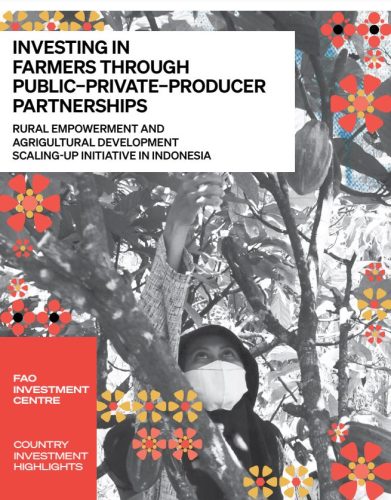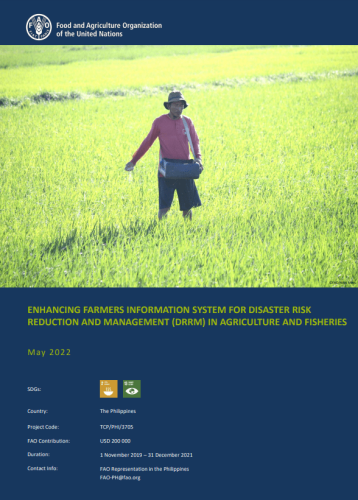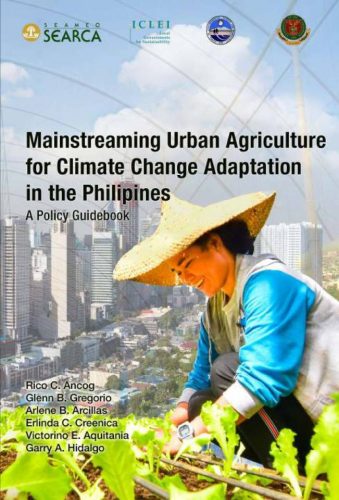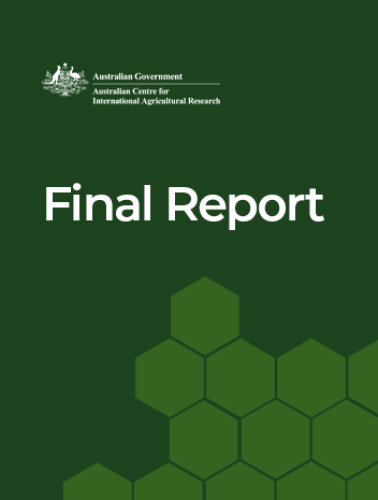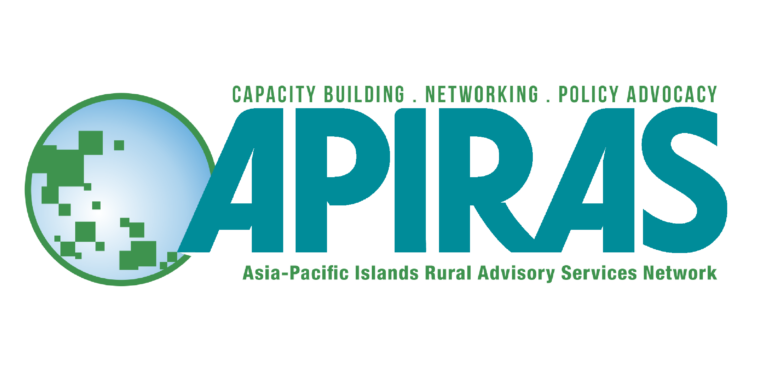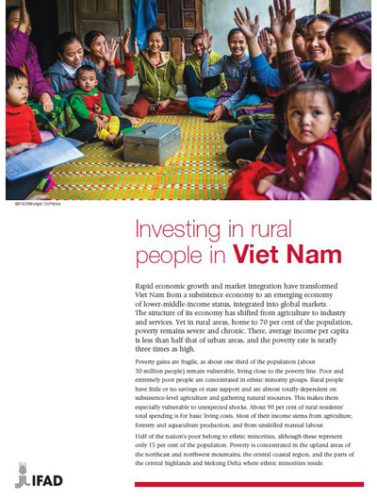
Investing in rural people in Viet Nam
Rapid economic growth and market integration have transformed Viet Nam’s economy and integrated it into global markets. Yet in rural areas, poverty remains severe and chronic, and is concentrated among ethnic minority groups. Additionally, one third of the population are living close to the poverty line.
Rural people have little or no savings or state support and are almost totally dependent on subsistence-level agriculture and gathering natural resources. This makes them especially vulnerable to unexpected shocks.
This country fact sheet outlines IFAD’s strategy to eradicate poverty in Viet Nam, which focus on developing market-led innovations that aid poor people. These deepen institutional and policy reform at the provincial level and build capacity among poor farm households.

